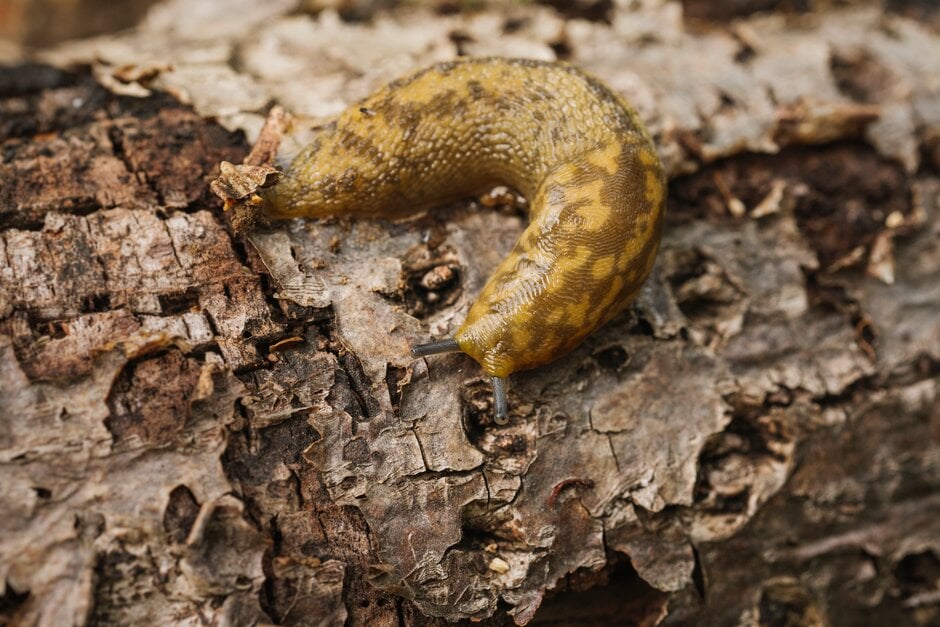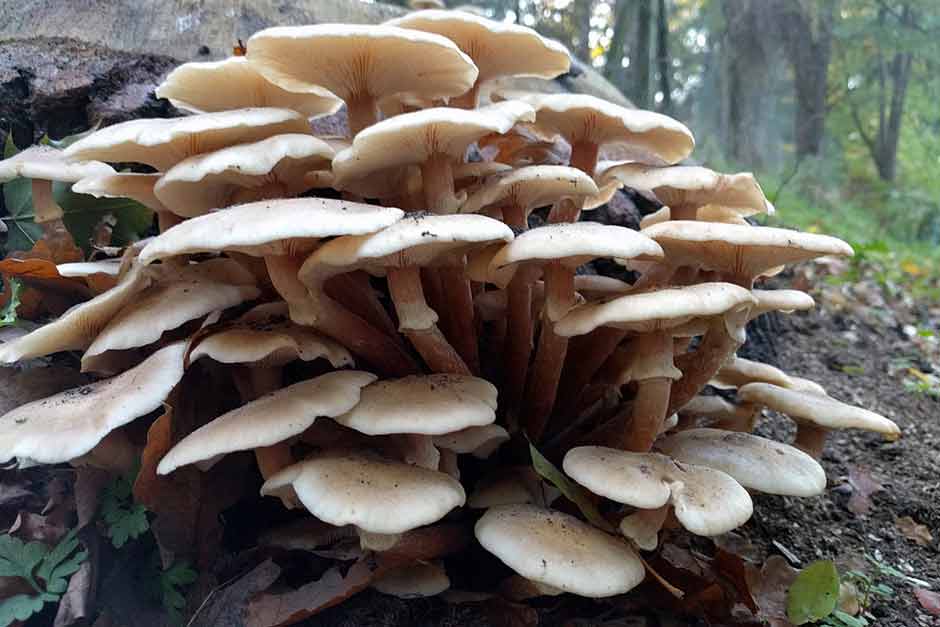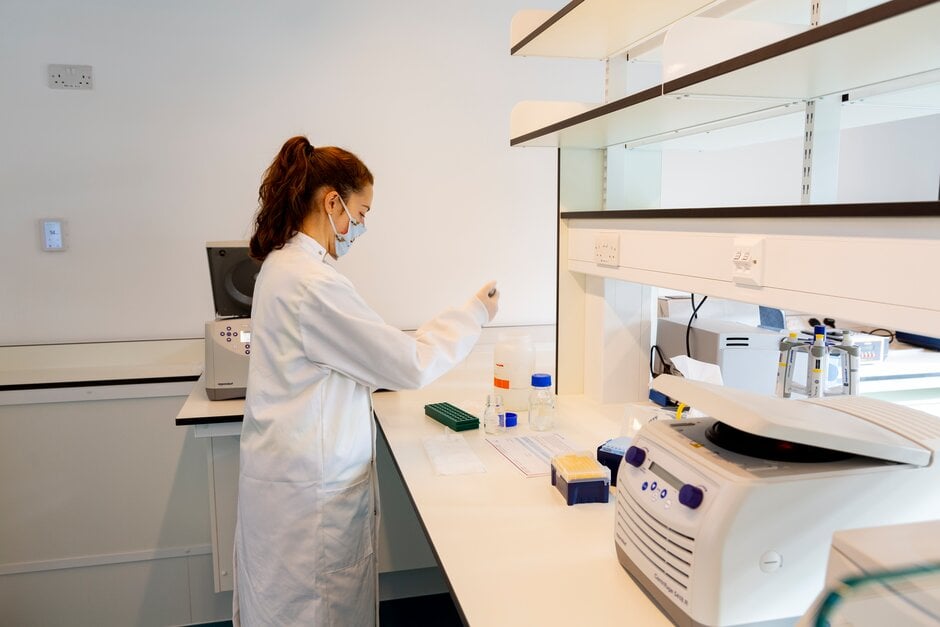 Our 25th annual pest and disease ranking reveals many gardeners battled familiar foes in 2020, turning to the charity for advice on dealing with slugs and snails, honey fungus and ants.
Our 25th annual pest and disease ranking reveals many gardeners battled familiar foes in 2020, turning to the charity for advice on dealing with slugs and snails, honey fungus and ants.
With more people spending time in their gardens, RHS Gardening Advice saw an 88% increase in pest and disease enquiries last year, and many of those problems had a direct impact on a plant’s appearance including as mildew on flowering cherry, rust on pear, blackspot on roses and glasshouse red spider mite.
Hit parade of garden nasties
|
|
Top pests 2020
|
|
Top diseases 2020
|
|
1
|
Slugs and snails
|
1
|
Honey fungus
|
|
2
|
Vine weevil
|
2
|
Pear rust
|
|
3
|
Box tree caterpillar
|
3
|
Leaf spot and canker of Prunus
|
|
4
|
Ants
|
4
|
Rose black spot
|
|
5
|
Woolly aphid
|
5
|
Bracket fungi
|
|
6
|
Glasshouse red spider mite
|
6
|
Powdery mildew of Prunus
|
|
7
|
Fuchsia gall mite
|
7
|
Blossom wilt of fruit trees
|
|
8
|
Glasshouse thrips
|
8=
|
Phytophthora root rots
|
|
9
|
Rosy apple aphid
|
8=
|
Rose powdery mildew
|
|
10
|
Capsid bug & Glasshouse mealybug
|
10
|
Brown rot of fruit
|
 Honey fungus has consistently topped the disease ranking for a quarter of a century, which can be attributed to its large woody and perennial plant host range and ‘silent killer’ status; the fungus spreads underground attacking roots and decaying bark.
Honey fungus has consistently topped the disease ranking for a quarter of a century, which can be attributed to its large woody and perennial plant host range and ‘silent killer’ status; the fungus spreads underground attacking roots and decaying bark.
Slugs and snails have also proved to be a mainstay of the ranking but in 2020 returned as the number one garden pest for the first time since 2017 with gardeners reporting damage to crops such as potatoes and beans, and ornamentals including clematis and hosta.
There was, however, good news for box as reports of box tree caterpillar, which strip plants of foliage, fell 40%. Separate RHS research also found its spread slowed last year following rapid growth into the north of England and Wales.
 Andrew Salisbury, Principal Entomologist at the RHS
Andrew Salisbury, Principal Entomologist at the RHS, said:
“The pests and diseases that gardeners commonly face on their plots has fluctuated over the last 25 years but some age-old problems persist.
“With gardens taking on a more important role in supporting wellbeing and the environment it’s important that research into management and mitigation of them continues and our rankings help inform this focus. It’s also imperative that we continue to anticipate
future threats such as the disease Xylella, which is already present in Europe, and the Marmorated stink bug, to protect our gardens for the future.”
The
RHS Plant Health team is currently conducting research on a wide range of plant pests and diseases including identification and management of slugs, mapping and control of box tree moth and honey fungus bio-control, rapid diagnostics, and an improved understanding of fungal behaviour and spread in gardens.

This work has moved to our state-of-the-art facility
RHS Hilltop – The Home of Gardening Science at RHS Garden Wisley and will open to the public on 24 June 2021.
|
|
Top pests 2019
|
|
Top diseases 2019
|
|
1
|
Box tree caterpillar
|
1
|
Honey fungus
|
|
2
|
Vine weevil
|
2
|
Phytophthora root rot
|
|
3
|
Slugs and snails
|
3
|
Box blight
|
|
4
|
Fuchsia gall mite
|
4
|
Pear rust
|
|
5
|
Alder leaf beetle
|
5
|
Brown rot of fruit
|
|
6
|
Woolly aphid
|
6
|
Leaf spot and canker of Prunus
|
|
7=
|
Rosy apple aphid
|
7
|
Apple and pear scab
|
|
7=
|
Viburnum beetle
|
8
|
Rose black spot
|
|
9
|
Glasshouse red spider mite
|
9=
|
Blossom wilt of fruit trees
|
|
10
|
Plum leaf-curling aphid
|
9=
|
Powdery mildew of Prunus
|
Read more about our work
protecting plant health in gardens.

